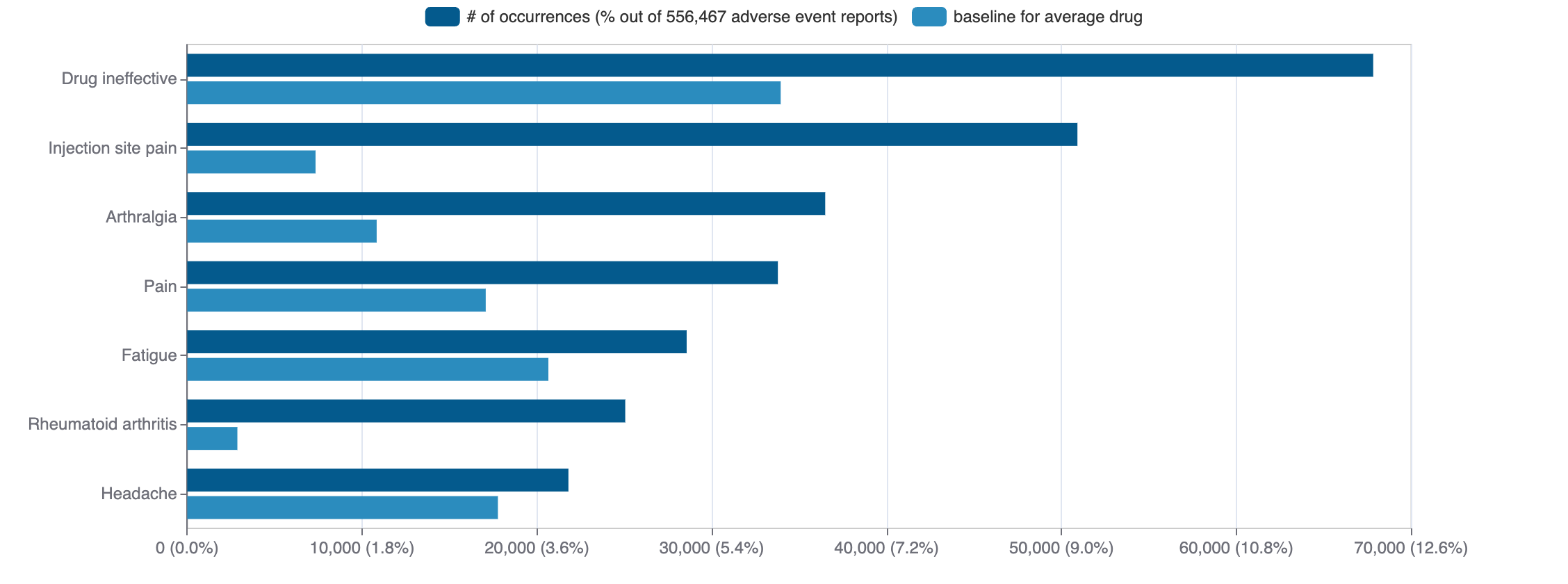Benserazide
Benserazide is a small molecule pharmaceutical. It is currently being investigated in clinical studies. It is known to target aromatic-L-amino-acid decarboxylase and cystathionine beta-synthase.
Download report
Favorite
Commercial
Therapeutic Areas
No data
Trade Name
FDA
EMA
No data
Drug Products
FDA
EMA
New Drug Application (NDA)
New Drug Application (NDA)
Abbreviated New Drug Application (ANDA)
Abbreviated New Drug Application (ANDA)
No data
Labels
FDA
EMA
No data
Indications
FDA
EMA
No data
Agency Specific
FDA
EMA
No data
Patent Expiration
No data
ATC Codes
No data
HCPCS
No data
Clinical
Clinical Trials
11 clinical trials
View more details

Mock data
Subscribe for the real data
Subscribe for the real data
Indications Phases 4
Indication | MeSH | Ontology | ICD-10 | Ph 1 | Ph 2 | Ph 3 | Ph 4 | Other | Total |
|---|---|---|---|---|---|---|---|---|---|
| Parkinson disease | D010300 | EFO_0002508 | G20 | 3 | — | 2 | 1 | — | 6 |
| Healthy volunteers/patients | — | 1 | — | — | 1 | — | 2 |
Indications Phases 3
Indication | MeSH | Ontology | ICD-10 | Ph 1 | Ph 2 | Ph 3 | Ph 4 | Other | Total |
|---|---|---|---|---|---|---|---|---|---|
| Restless legs syndrome | D012148 | EFO_0004270 | G25.81 | — | — | 1 | — | — | 1 |
Indications Phases 2
Indication | MeSH | Ontology | ICD-10 | Ph 1 | Ph 2 | Ph 3 | Ph 4 | Other | Total |
|---|---|---|---|---|---|---|---|---|---|
| Sickle cell anemia | D000755 | EFO_0000697 | D57 | 1 | 1 | — | — | — | 1 |
| Beta-thalassemia | D017086 | Orphanet_848 | D56.1 | 1 | 1 | — | — | — | 1 |
Indications Phases 1
No data
Indications Without Phase
Indication | MeSH | Ontology | ICD-10 | Ph 1 | Ph 2 | Ph 3 | Ph 4 | Other | Total |
|---|---|---|---|---|---|---|---|---|---|
| Aphasia | D001037 | HP_0002381 | R47.01 | — | — | — | — | 1 | 1 |
Epidemiology
Epidemiological information for investigational and approved indications
View more details
Drug
General
| Drug common name | BENSERAZIDE |
| INN | benserazide |
| Description | Benserazide is a carbohydrazide that results from the formal condensation of the carboxy group of DL-serine with the primary amino group of 4-(hydrazinylmethyl)benzene-1,2,3-triol. An aromatic-L-amino-acid decarboxylase inhibitor (DOPA decarboxylase inhibitor) that does not enter the central nervous system, it is used as its hydrochloride salt as an adjunct to levodopa in the treatment of parkinsonism. By preventing the conversion of levodopa to dopamine in the periphery, it causes an increase in the amount of levodopa reaching the central nervous system and so reduces the required dose. Benserazide has no antiparkinson actions when given alone. It has a role as an EC 4.1.1.28 (aromatic-L-amino-acid decarboxylase) inhibitor, an antiparkinson drug and a dopaminergic agent. It is a carbohydrazide, a member of catechols, a primary amino compound and a primary alcohol. It is a conjugate base of a benserazide(1+). |
| Classification | Small molecule |
| Drug class | — |
| Image (chem structure or protein) | |
| Structure (InChI/SMILES or Protein Sequence) | NC(CO)C(=O)NNCc1ccc(O)c(O)c1O |
Identifiers
| PDB | — |
| CAS-ID | 322-35-0 |
| RxCUI | 1374 |
| ChEMBL ID | CHEMBL1096979 |
| ChEBI ID | 64187 |
| PubChem CID | 2327 |
| DrugBank | DB12783 |
| UNII ID | 762OS3ZEJU (ChemIDplus, GSRS) |
Target
Agency Approved
No data
Alternate
DDC
DDC
LOC102724560
LOC102724560
Variants
Clinical Variant
No data
Financial
No data
Trends
PubMed Central
Top Terms for Disease or Syndrome:

Mock data
Subscribe for the real data
Subscribe for the real data
Additional graphs summarizing 2,101 documents
View more details
Safety
Black-box Warning
No Black-box warning
Adverse Events
Top Adverse Reactions

Mock data
Subscribe for the real data
Subscribe for the real data
1,613 adverse events reported
View more details
Premium feature
Learn more about premium features at pharmakb.com
Learn more
